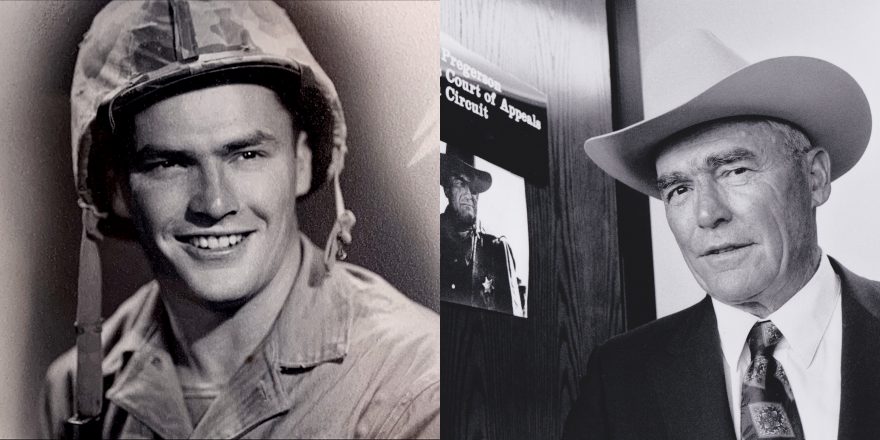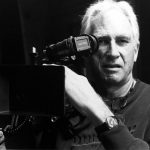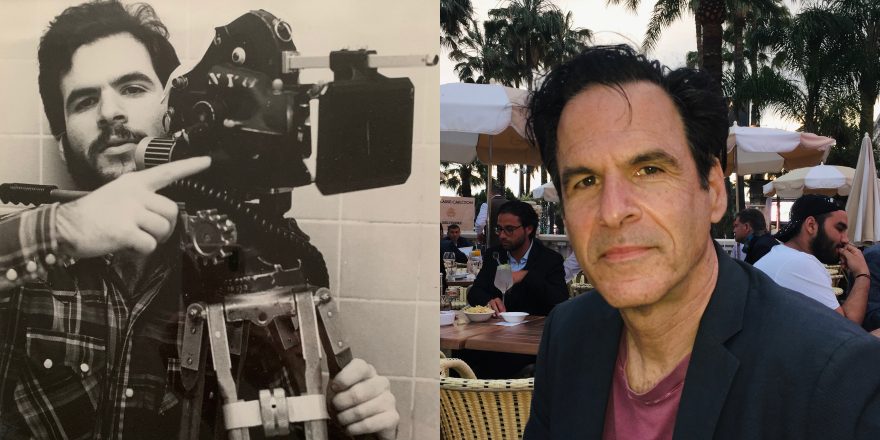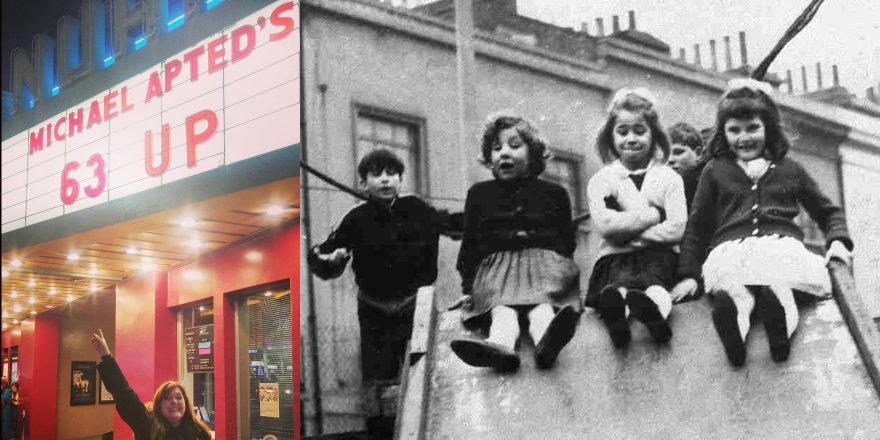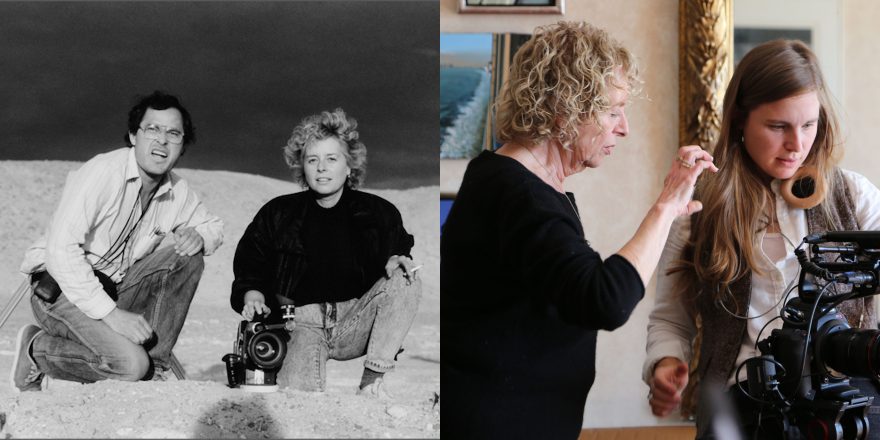I didn’t set out to make a film on 9th Circuit Court of Appeals Judge Harry Pregerson. In the beginning, I didn’t really know much about him.
When Pregerson died in November 2017, still on the bench at the age of 94, my friend Bob Zaugh – who had been indicted as a Vietnam War draft resister and had Harry as the judge in his trial – called to tell me there was to be a celebration of Judge Pregerson’s life at the cavernous Los Angeles Shrine Auditorium.
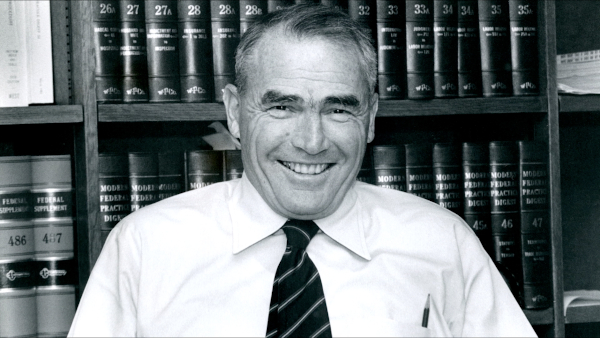
Internet research told me that Harry was a tough, tenacious, cantankerous guy, and for many, a lovable hero – a champion of veterans, the poor and the powerless. It also told me he had been called a “bleeding heart liberal,” a “judicial activist,” a “would-be social engineer” and “a thug for the Lord.”
With my curiosity stirred and under the prodding of Bob, I went down to the Shrine with my camera, thinking I’d make a simple, unedited record of the proceedings as a gift to Harry’s family.
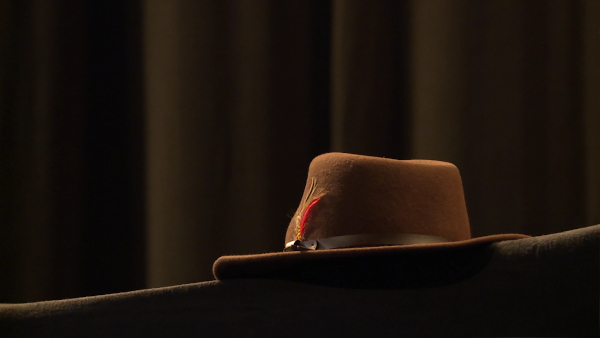
I took a position in front of the stage and slightly off center, where the speakers would stand out nicely against a black background and would be framed by an American flag, a display of flowers and a large oil portrait of Harry in his iconic cowboy hat.
First to speak was Harry’s daughter, Katie, who, to my surprise and delight, placed Harry’s hat on the speaker’s podium in the exact best spot where it would create a feeling during the entire event that Harry’s spirit was physically present.
Katie described, among other memories, how she sat in Harry’s home office on the night he died, surrounded by Harry’s books, letters, photographs and memorabilia. “If you really wanted to understand what made my dad tick,” she told the crowd of more than a thousand people, “all you had to do was sit in that office.”
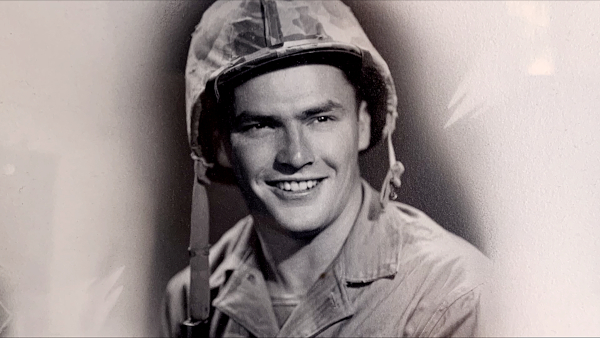
As others who knew and worked closely with him spoke, I was struck by how Harry – “the judge in the hat,” the decorated proud Jewish World War II combat Marine who each day lived the motto “No one left behind” – had touched so many lives and had helped so many people, both through his rulings from the bench and through his actions in the community. “I look upon the law,” he would say, “as a chance to help as many people as I can.”
Pregerson was known and respected, even by his critics, for his honesty and integrity. In his 1979 confirmation hearing for appointment to the 9th Circuit Court of Appeals, pressured by Senator Alan Simpson, Harry said, unflinchingly, “If I had to follow my conscience or the law, I would follow my conscience.”
Whether it was the founding of U.S. Vets, the billion dollar cleanup of Santa Monica Bay, using his power as a judge to prevent a freeway from displacing thousands of disadvantaged L.A. residents, protecting Americanized children of immigrants from deportation or dissenting on rulings against same-sex marriage, Harry made an indelible mark on both Los Angeles and the Law, causing his daughter to dub him, “The Rescue Machine.”
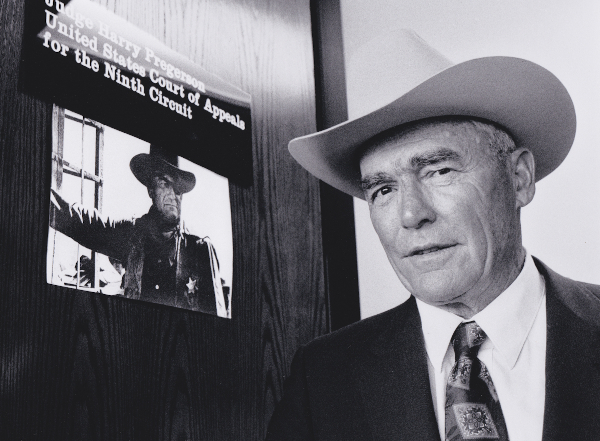
When I viewed the footage from the Shrine, I realized there was the potential for a timely and important portrait of an American hero and that a film could provide a behind-the-scenes look into the workings of the law and explore the human side of what it is to be a judge.
I decided to go forward and see if I could make it work.
The Shrine celebration of Harry’s life created a basic structure to build the film on and far from being a somber event, was laced with humor.
Harry had loved to make people laugh. When his body was laid to rest in the Veterans Cemetery in Westwood, one speaker said they all laughed, because they knew that Harry, when he surveyed his surroundings, would have said, “It’s about time. I’ve always wanted to live on the West Side.”
With the cooperation of Harry’s family, I filmed extensively in Harry’s two offices – his home office and his formal 9th Circuit Court office – both crammed with books, photographs, letters, awards and decades of mementos of everything important to Harry, everything he held dear.
Doing the usual search for archival materials scattered over the decades, I was happy to find oral histories of Harry recorded by the 9th Circuit which allowed his actual voice to be heard over many sections of the film.
One thing concerned me – I didn’t want to simply make a “praise film.” I wanted the film to be something deeper, something more.
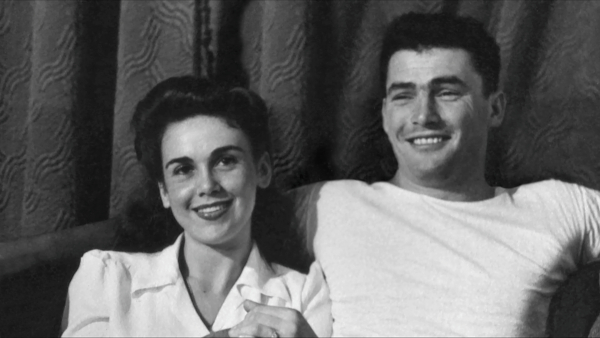
The “something more” emerged about a year into the project when Bern, Harry’s widow, a current professor of microbiology who had been married to Harry for more than 70 years, confided a devastatingly painful secret Harry had kept close to himself throughout his life.
While in officers training in 1944 at Quantico, Harry had become the victim of vicious anti-Semitism and had suffered a grave injustice. He was falsely accused of cheating on an exam and given a dishonorable discharge.
That was the greatest pain Harry ever experienced.
The day after his discharge, Harry enlisted in the Marines as a private. Shipped overseas, he fought and was severely wounded in the Battle of Okinawa where, in a field hospital, he received his commission back.
Harry never forgot the experience at Quantico and how, if you were “a little guy,” without any position or network to protect you, you were completely at the mercy of the powers that be.
That lesson shaped Harry’s life. He became a lawyer and a judge, resolving to have a voice, to have power and to devote himself to helping people, especially the powerless.
Harry’s message was, “We have to make this world a better place. We have to leave it in better shape than when we entered it. “
In a world where evil often gets more attention than good, I’m hoping 9th Circuit Cowboy and the story of Harry’s life will touch and inspire viewers.
“God puts us here to take care of each other,” Harry once said, “and I really believe that.”



